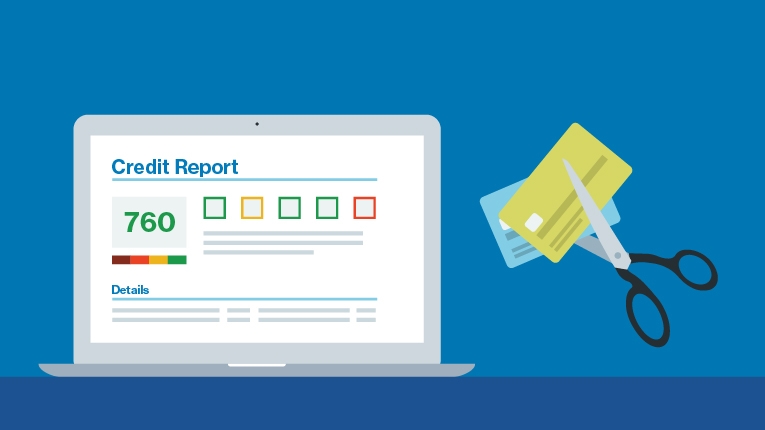Do you understand the time value of money?

In short, the time value of money (TVM) is the idea that money is worth more today than the same amount of money in the future, and it’s a core concept in finance.
What is the time value of money?
The time value of money (TVM) is fairly easy to understand. For example, most people would rather receive $1,000 today than $1,000 three years from now. There are different reasons for the changing value, but three of the main ones are:
You could use the money now to earn money. If you receive money today, you may be able to make money by saving or investing it. There’s an opportunity cost—the lost potential earnings—if you don’t receive the money until later.
The cost of goods and services increases over time. Inflation can lead to the same amount of money having less purchasing power in the future. It isn’t part of TVM calculations but can still impact the real-world value of your money over time.
You might not get the money in the future. Getting the money today removes this uncertainty that you might not be given the $1,000 in the future.
The time value of money can get tricky when the amount offered now versus in the future is different. For example, what if someone offered you $1,000 today or $1,150 three years from now? The TVM formulas can help you determine which might be the better option.
How to calculate the time value of money
There are a few formulas you can use to determine either the present value of money or the future value of money: PV = FV / (1+r)n or FV = PV x (1+r)n
PV = Present value of money
FV = Future value of money
r = interest rate
n = number of periods per year
The FV formula assumes that interest compounds annually. If the interest compounds more frequently, such as monthly or continuous compounding, you can use the following formula to find the future value. FV = PV x [ 1 + r / n) ] (n x t)
r = annual interest rate
n = number of compounding periods each year
t = number of years
Don’t worry—there are plenty of present value and future value financial calculators online that you can use.
Time value of money formula examples:
With the formulas in mind, let’s go back to the question from before—would you rather have $1,000 today or $1,150 three years from now? The answer to this simple example may depend on the interest you can expect to earn if you get the money today. For example, assume that you could earn 4% interest annually—a low but reasonable interest rate—and the interest compounds at the end of each year.
We can use the present value formula to find the value of the $1,150 today:
PV = 1,150 / (1+.04)3 = $1,022
Or, the future value formula to find the value of $1,000 three years in the future:
FV = 1,000 * (1+.04)3 = $1,125
It’s close, but receiving the $1,150 lump sum three years from now may be the better choice. Of course, a different rate of return or time period could impact the outcomes. Keep in mind, the result doesn’t account for inflation and the risk that you won’t receive the money at all. We’re also putting aside the risk that you might not be able to earn the full 4% each year.
Examples of the time value of money and loans
TVM calculations can be an important part of making investment decisions. Professional investors and advisors may use the concepts and formulas to compare deals, annuities, and other investment opportunities. Although more complex calculations also come into play, such as finding the net present value (NPV) of future cash flows. Individuals might want to use financial calculators or the TVM formulas to compare investments or choose between paying down debt and investing. The concept could also be helpful if you’re borrowing money or considering how to pay off debt. For example, you might have $15,000 in credit card debt with an average 20% APR. You know you may be able to use a debt consolidation loan to save money by lowering your interest rate, but you’re not sure which loan offer to choose:
Loan A is for $15,000, and it has a 14% APR and a three-year term. It has a $513 monthly payment and you’ll repay $18,456 overall.
Loan B is for $15,000, but it has a 16% interest rate and a five-year term. It has a $365 monthly payment, and you’ll repay $21,886 overall.
Loan A costs $148 more each month for three years. Once the loan is paid off, you’ll pay $365 less each month during years four and five, since you’re no longer making payments. Additionally, while Loan B has a lower monthly payment, it costs $3,432 more overall. Keep in mind that these examples do not take into account origination fees or prepayment penalties.
Why is it important to understand the time value of money?
When you’re faced with a specific financial decision, such as which loan offer to accept, the TVM calculation on its own might not give you the answer.
For example, regardless of how much the TVM calculations say a sum is worth today versus after a period of time, you might want a loan with a low monthly payment because you know your rent is about to increase. Or, you might be okay with a high monthly payment because you know it will lead to paying off the loan sooner and paying less interest overall.
However, it can still be helpful to think about how access to cash is valuable, and how the money you have today could be worth more than the money you might have in the future.
The bottom line
The time value of money is the idea that money is worth more today than it will be worth in the future. You can use several TVM formulas to determine the current value of money from the future, or the future value of money today. TVM equations and outputs can be an important piece of comparing investment opportunities. Additionally, it can be helpful to consider the concept when you’re making other financial decisions, such as whether to consolidate debt.
Time value of money FAQs
How does time value of money affect personal loans?
The TVM doesn’t directly affect your personal loan, but it can be a factor in deciding between different loan options. Consider whether you’d like to have more money today or pay off the loan sooner and save on interest.
How can lenders help you benefit from the time value of money?
Money that you have access to today may be worth more than the money you have in the future, and lenders can give you access to more money. However, you’ll need to compare how much you pay for financing to how much you can earn from saving or investing your cash.
How does the time value of money apply to car loans?
When taking out a car loan, consider the TVM and whether it makes sense to finance none, part, or all of the purchase. For instance, even if you have the money available, it might make sense to finance the purchase with a 0% APR offer and save or invest the money you have on hand.




